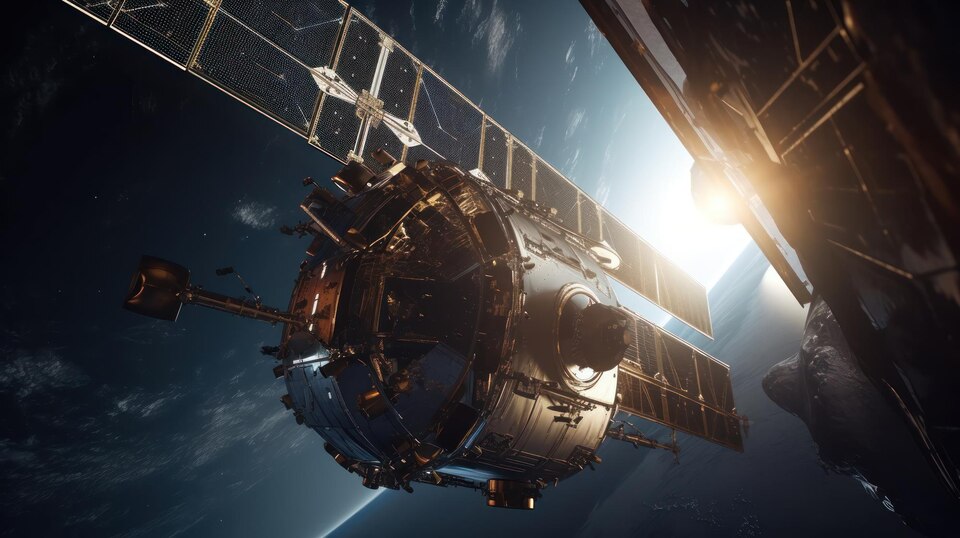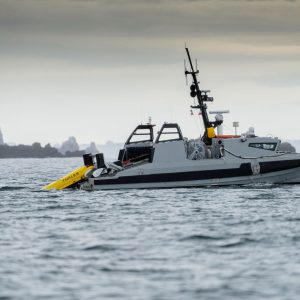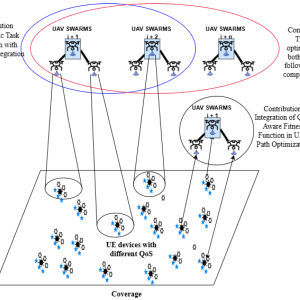The United States Space Force (USSF) has embarked on a new mission focused on the strategic use of varied orbits. This mission comes as a response to the changing landscape of space, characterized by an increasing number of satellites and potential threats. By diversifying orbits, the USSF aims to enhance resilience, agility, and intelligence gathering. This approach allows for improved communication and navigation while promoting responsible space stewardship and international cooperation. However, the USSF must overcome challenges such as technological complexity, resource allocation, and space traffic management. Nonetheless, the strategic use of varied orbits holds the potential to shape the future of space operations and contribute to a safer and more sustainable space environment.

The changing landscape of space
The space environment is becoming increasingly crowded and contested. There are now more than 2,000 active satellites in orbit, and the number is expected to grow in the coming years. This increasing congestion makes it more difficult to operate satellites safely and effectively.
In addition, the space environment is becoming more hostile. There is a growing threat of anti-satellite weapons, which could be used to disable or destroy satellites. This threat is particularly concerning because satellites are essential for many critical services, such as communication, navigation, and weather forecasting.
The strategic use of varied orbits
The USSF’s new mission involves deploying satellites in a variety of orbits, moving away from the conventional approach of concentrating critical assets in predictable positions. By diversifying orbits, the USSF aims to achieve several critical objectives:
- Enhanced resilience: Placing satellites in different orbits distributes vital capabilities, reducing the risk of a single attack causing widespread disruption. Even if one orbit is compromised, assets in other orbits can still function effectively.
- Agility and adaptability: A varied orbit strategy allows the USSF to respond quickly to emerging threats or changes in the space environment. By manoeuvring satellites between orbits, they can evade potential hazards and maintain operational advantage.
- Improved intelligence gathering: Different orbits offer unique vantage points and coverage areas, enabling comprehensive surveillance and intelligence-gathering capabilities. This expanded scope enhances the USSF’s ability to monitor adversaries and potential space hazards.
- Enhanced communication and navigation: By placing satellites in diverse orbits, the USSF can optimize global communication and navigation networks, reducing signal latency and improving overall performance.
- Space diplomacy: The varied orbit approach demonstrates responsible space stewardship and cooperation with other spacefaring nations. It signals a commitment to preserving the space environment for the benefit of all nations.
Challenges and considerations
While the strategic use of varied orbits holds great promise for the USSF, it is not without challenges and considerations:
- Technological complexity: Maintaining and managing a diverse constellation of satellites in various orbits require sophisticated space technologies and precise orbital mechanics expertise.
- Resource allocation: Deploying and operating satellites in multiple orbits may strain the USSF’s resources and budget, necessitating careful planning and prioritization.
- Space traffic management: As more satellites populate different orbits, effective space traffic management becomes critical to avoid collisions and debris generation.
- International relations: The USSF must work in collaboration with other spacefaring nations to prevent misunderstandings or tensions arising from the deployment of satellites in shared orbits.
Conclusion
The United States Space Force’s strategic use of varied orbits represents a significant shift in space operations and security. By embracing a more flexible, resilient, and agile approach, the USSF is adapting to the changing space environment and countering potential threats effectively. The innovative strategy not only enhances national security but also sets a positive example for responsible space governance and diplomacy.
As the USSF continues to refine and implement its varied orbit mission, it will undoubtedly shape the future of space operations and contribute to a safer and more sustainable space environment for generations to come.











